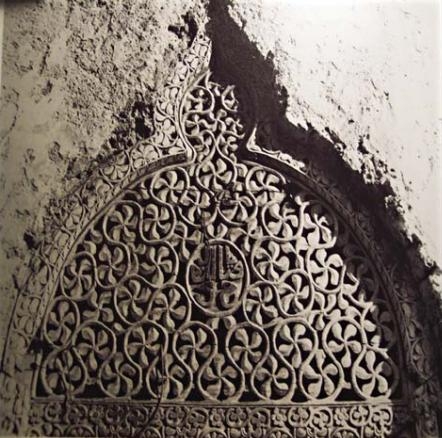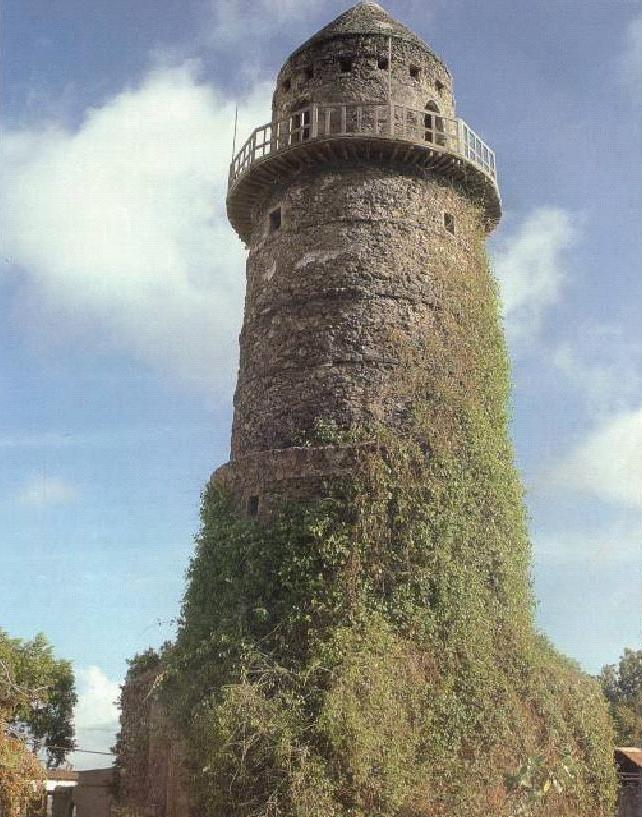Traditional Architecture of Somalia: Sustainability and Nomadic Heritage

By: Ralph I. Hage / Arab America Contributing Writer
Somali architecture is a diverse and vibrant blend of ancient customs, Islamic influences, and contemporary designs. From prehistoric burial monuments to modern-day skyscrapers, the architectural landscape of Somalia illustrates its complex historical trajectory and cultural exchanges.
Ancient Architectural Legacy

In Somalia’s ancient past, architecture was primarily focused on burial practices. The region is marked by numerous “taalo” or burial cairns, which are stone structures used as tombs. Sites like Haylan, Qa’ableh, Qombo’ul, El Ayo, Damo, Maydh, and Heis are notable examples of these ancient constructions. Additionally, the early Somali people displayed advanced building techniques through the use of dressed stone in housing construction, reflecting methods similar to those of ancient Egypt. The Wargaade Wall further demonstrates Somalia’s early urban planning, with large stone walls built to enclose settlements, showcasing the civilization’s sophisticated approach to defense and organization.
Medieval Growth: The Emergence of Stone Cities
The medieval period marked a major turning point in Somali architecture, largely due to the spread of Islam. During this time, coastal and inland cities flourished, with the emergence of stone-built urban centers. Mogadishu, Merca, Zeila, Berbera, Bulhar, and Barawa became major urban hubs. The 14th-century traveler Ibn Battuta described Mogadishu as a sprawling city, while Vasco da Gama in the 15th century noted its grand multi-story homes and palaces. This period saw a transition from earlier nomadic structures to more permanent stone dwellings.
Defensive Structures and Fortifications
The strategic importance of Somali cities led to the development of strong fortifications. Cities such as Mogadishu, Merca, and Barawa, which are located along the coast, were surrounded by protective walls to defend against external invaders, including the Portuguese. Inland cities like Amud and Abasa were strategically placed on elevated terrains and were similarly fortified with large defensive walls. These fortifications reflected the emphasis on security and military readiness in Somali urban development.
Religious Architecture: Mosques and Shrines

The arrival of Islam significantly influenced religious architecture in Somalia, resulting in some of the oldest mosques in Africa, many of which feature distinctive elements, such as minarets. The Arba’a Rukun mosque in Merca, built in 1269, is particularly famous for its massive coral stone minaret. Likewise, the Fakr ad-Din mosque in Mogadishu, also dating to 1269, showcases advanced features like a domed mihrab and intricately designed glazed tiles, exemplifying the fusion of Islamic and local Somali architectural styles.
Lighthouses and Maritime Towers

Somalia’s position along critical maritime routes led to the construction of lighthouses and towers to aid navigation and protect coastal settlements. The Almnara Tower in Mogadishu and the lighthouse at Guardafui Cape, both dating back to the 15th century, are prime examples of these maritime structures. These buildings served a functional purpose and reflected an elegant architectural style, integrating practical design with aesthetic appeal.
Colonial Influence: European Architectural Styles

During the early modern period, Somalia saw the introduction of European architectural styles, particularly those from Italy, due to colonial influence. Structures like the Villa Somalia and the Governor’s Palace in Mogadishu feature classical designs typical of European architecture. Additionally, forts constructed by various Somali sultans, such as the Sultans of Aluula and the Geledi Sultanate, emphasized military architecture during the colonial era, reflecting the region’s ongoing need for defense.
Modern Developments: A Fusion of Architectural Styles

After Somalia gained independence, the architectural scene began to evolve with a blend of traditional and modern designs. Cities like Mogadishu, Hargeisa, and Garowe saw the construction of buildings that mixed both old and new elements.
Conclusion
Somali architecture is a dynamic representation of the country’s rich history, diverse culture, and its interactions with various civilizations over time. From the ancient burial cairns to modern-day skyscrapers, the evolution of Somali architecture tells a story of resilience, adaptability, and the continuous blending of traditional and contemporary influences. Preserving this architectural heritage is vital for future generations, ensuring they can appreciate and understand the cultural identity and historical significance embedded in these structures.
Note:
Somalia has a long history of interaction with the Arab world, including through trade, religion, and cultural exchange. The majority of Somalis are Sunni Muslims, and Islam played a significant role in the development of Somali culture and society. Despite the fact that a portion of the Somali population does not identify as Arab, Somalia is a member of the Arab League, an international organization of Arab states.
Ralph Hage is a Lebanese American architect who divides his time between Lebanon and the United States.
Want more articles like this? Sign up for our e-newsletter!
Check out our blog here!








